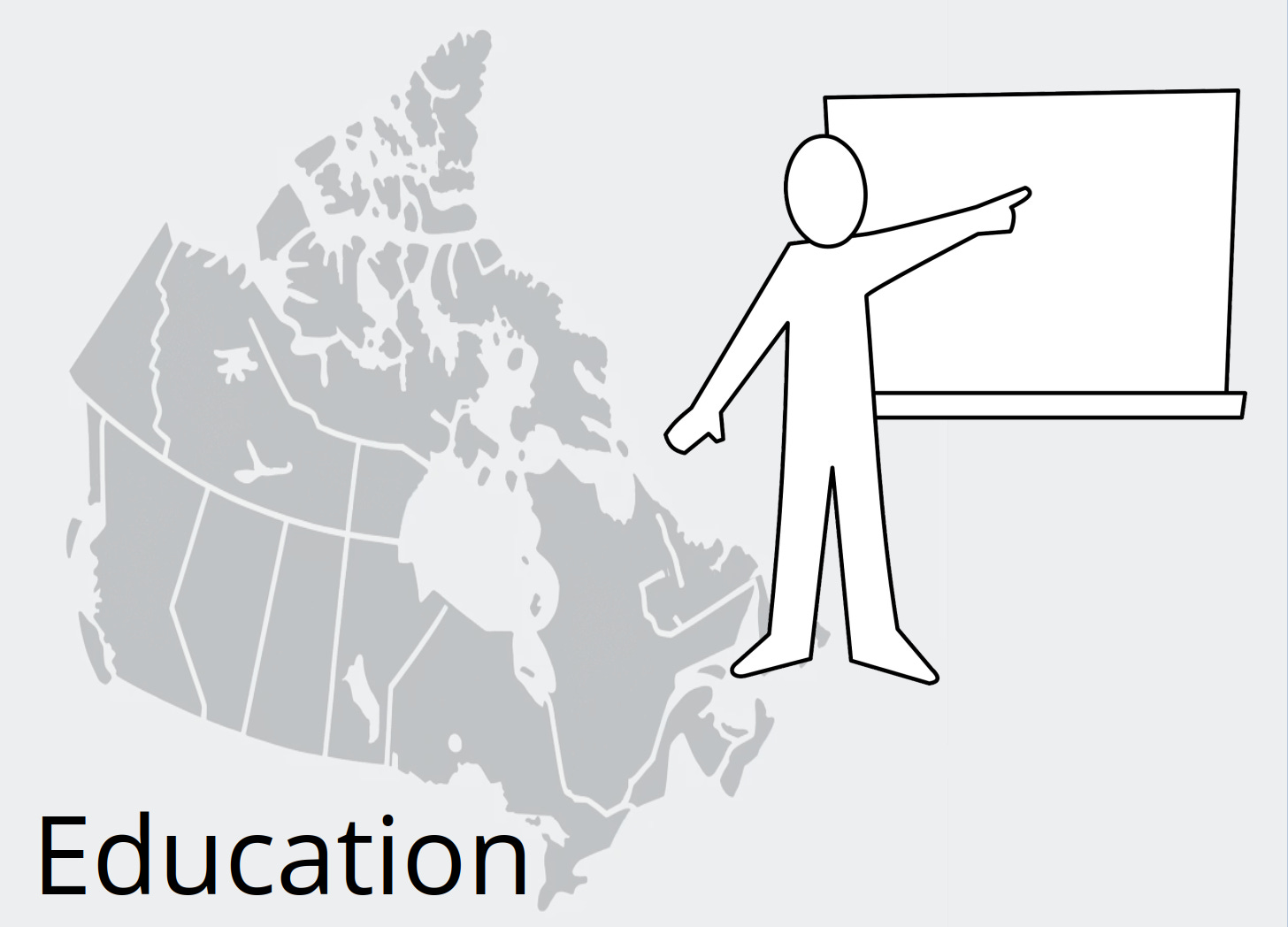The Impact of K-12 Education Employment on Student Outcomes
Back in the summer of 2024, I ranked Canadian provinces for educational outcomes using my very own custom Education Success Index (ESI). The thinking was that an effective school system would produce successful graduates, so provinces with better schools should be able to point to the most successful populations. The index consisted of these five metrics:
High school on-time graduation rates
Employment rates
Debt-to-income ratios
Net business formation rates
The OECD regional well-being measure
My Cost-Effectiveness Ratio (CER) was another product of that post. The CER was a measure of success rates when compared to education spending. Feel free to check out the full post for all the dirty details.
But as much fun as all that was, it had its limits. For one thing, the CER gave us a static, one-off snapshot that failed to account for the ongoing changes to spending policy. And just looking at total education spending diluted the effects of changing labour costs. In other words, what I’d really like to test for is an ongoing statistical relationship between labour costs and educational outcomes. Or in other other words, are graduates of school systems that employ more teachers and administrators better prepared for life.
To generate an ESI v.2.0, I’m going to assemble a slightly different set of data points :
Proportion of the non-immigrant population with high school diplomas or higher
Debt service ratio (a measure of overall financial health)
Net business formation rate (a measure of economic creativity)
The reason I’m focusing on non-immigrants wherever possible is because immigrants are far less likely to have been educated by Canadian public school teachers - so their success tells us nothing about the quality of Canadian schools.
The Statistics Canada tables that gave me my education attainment and employment status data aren’t time series numbers representing year-over-year results. Instead, they’re based on one-off research done in 2023 that reports individual status by age. The data tells us how many of today’s 20-24, 25-29, or 30-34 year-olds completed high school and were employed. To make that useful for us, I had to apply some transformations:
I pretended that, say, the 25-29 year-olds would all have been old enough to graduate high school in 2014 and that their cohort rates represented everyone who could have reached that age between 2012 and 2016.
I divided the high school graduation and employment numbers by the total population numbers of those age cohorts in 2023 to get a rate that’s comparable between provinces.
Obviously, individuals who were just 20-24 in 2023 would be less likely to be employed than 30-34 year-olds. So the raw ESI numbers did decline as we moved towards 2023. However, we’re really only interested in the relationships between ESI and K-12 employment, so such trends aren’t necessarily important to us.
The real value of this study is finding correlations between educational outcomes and the total numbers of K-12 employment1 for each province. Does hiring more teachers and administrators lead to better (or worse) educational outcomes?
When comparing K-12 employment numbers to our various outcome measures, I offset the “initial year of impact” by four years to allow time for changes to make themselves felt. So for example, a population cohort that graduated high school in 2007 probably wouldn’t have been able to put what it learned in school to work in the context of getting jobs, building businesses, or making household economic decisions until at least four years later.
There were significant changes to K-12 employment levels so there’s a decent chance that our analysis will be meaningful. Quebec and Ontario added the greatest numbers of primary and secondary employees: Quebec’s numbers rose by 16.6 percent between 2001 and 2024, and Ontario’s employment rose by 9.7 percent. Employment in British Columbia dropped by 10.4 percent during those years.
I used Pearson’s correlation coefficient to compare K-12 employment with ESI numbers from Nova Scotia, Quebec, Ontario, Manitoba, Saskatchewan, Alberta, and British Columbia.2
Ontario, Manitoba, British Columbia all showed moderate negative correlation and the numbers from Nova Scotia, Quebec, Saskatchewan, Alberta produced weak negative correlations. Overall, in fact, there was a moderate negative correlation between our two datasets. What that means is that the more staff provincial governments hire for their schools, the less likely we are to see positive outcomes.
One possible interpretation is that added employment skews too heavily to administration and support staff rather than in-class teachers, perhaps draining funding from actual educational activities. It’s also possible that some provinces are hiring for numbers rather than holding out for excellence. Or it could just be that, as organizations grow in size, they get worse at what they do.
Unfortunately I wasn’t able to find usable data that separated teaching from non-teaching staff, so this analysis will use total educational employment numbers for each province.



I'm curious if increased "classroom complexity" (e.g., growing numbers of ESL students, students with learning or behavioural challenges) is simply overwhelming the added headcount (at least in Ontario). My experience via my daughters (ages 18 and 22) is that a handful of students in each class consume all the available oxygen.
Thanks for the interesting article. One question; wouldn't the ESI have many influences outside of education, such as the health of the local economy?